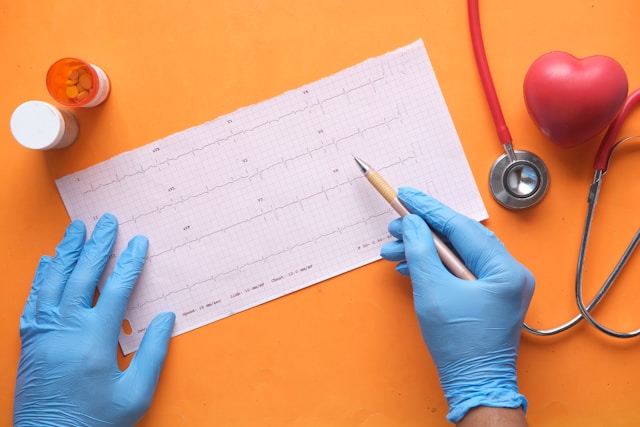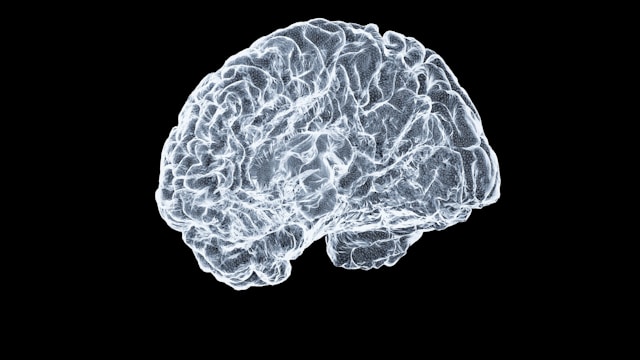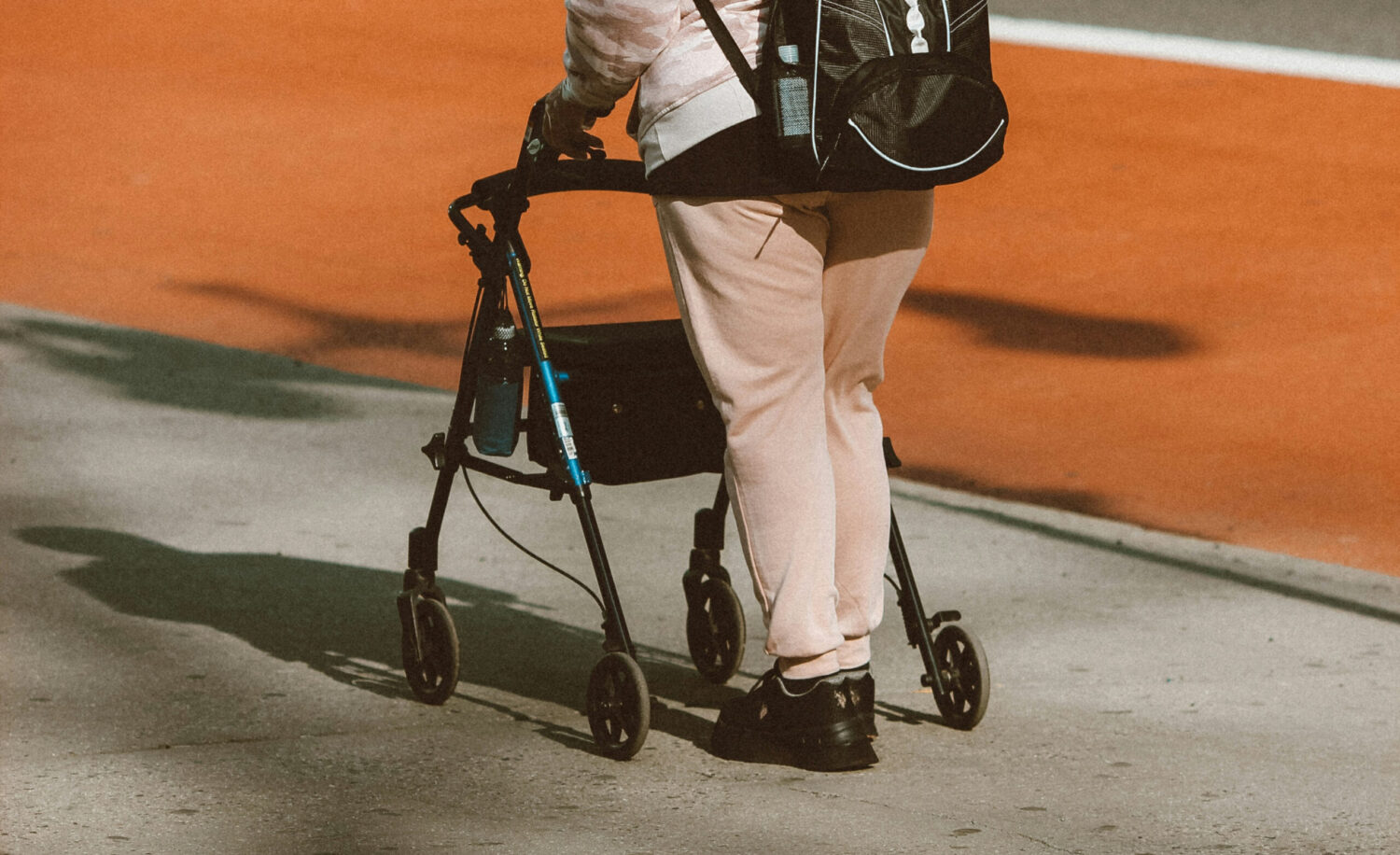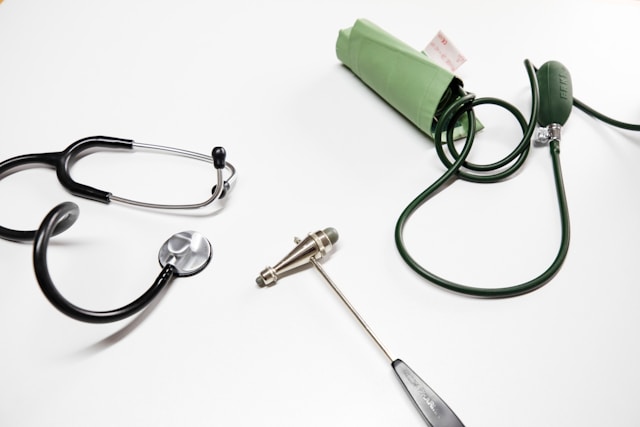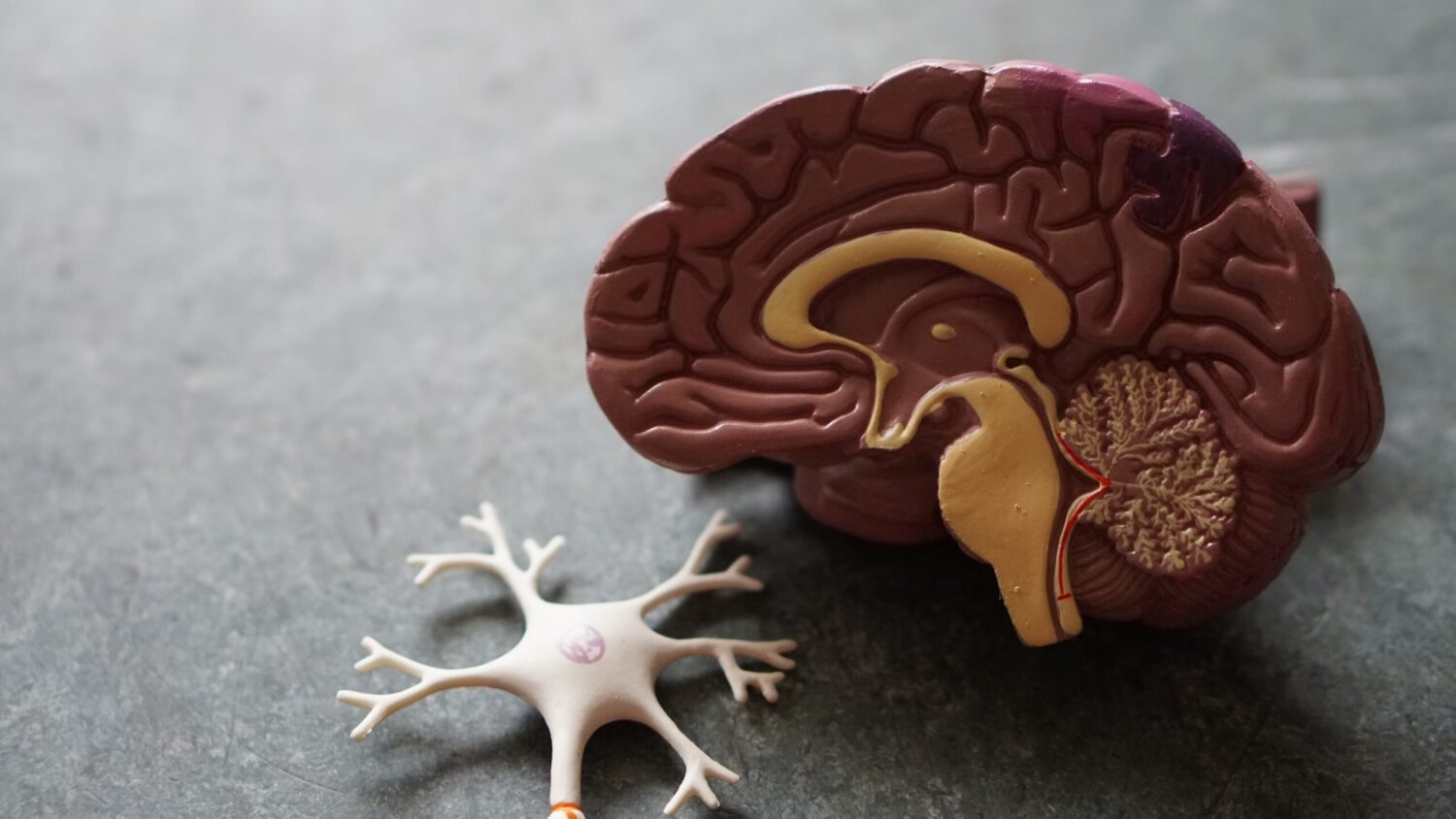Authors:
Yanishevsky S.N.*, Tsygan N.V., Golokhvastov S.Yu. , Andreev R.V., Litvinenko I.V. , Karpova O.S., Yakovleva V.A.
*FSBVOU in "Military Medical Academy named after CM. Kirov ”, St. Petersburg, Russia
Place of publication:
Journal of Neurology and Psychiatry, 12, 2017
To date, there are two complementary directions in the management of patients with ischemic stroke: the maximum early blood flow restoration (reperfusion) and the protection of brain tissue from ischemic lesion (neuroprotection). The main goal of neuroprotection is to intervene in the events of the ischemic cascade, block the links of the pathological process, prevent the death of nerve cells in the ischemic partial shade zone and expand the “therapeutic window” for reperfusion therapy. The use of drugs with neurotrophic, antioxidant and neuroregenerative effects is pathogenetically substantiated at all stages of rehabilitation treatment after a stroke. Ethylmethylhydroxypyridine is succinate (Mexidol) is a derivative of amber acid. The drug has antihypoxic, membrane, nootropic, anticonvulsant, anxiolytic effects. When studying the neuroprotective drug, Mexidol in patients with strokes, the absolute majority of researchers, a positive effect was noted in the form of a pronounced regression of neurological deficiency, wider possibilities for subsequent early rehabilitation. In 2017, the results of a multicenter prospective double blind placebo-controlled study of the effectiveness and safety of Mexidol with prolonged consistent therapy in patients in the acute and early restoration periods of the hem-step-mesh stroke (Epica) were published. The results of the study demonstrated the best positive dynamics of the restoration of impaired neurological functions in the early prescription of Mexidol and the continuation of therapy up to 2 months. During the study, the safety of prolonged use of Mexidol was proved.
Keywords: stroke, acute period, neuroprotection, succinate, therapy efficiency, therapy safety.
